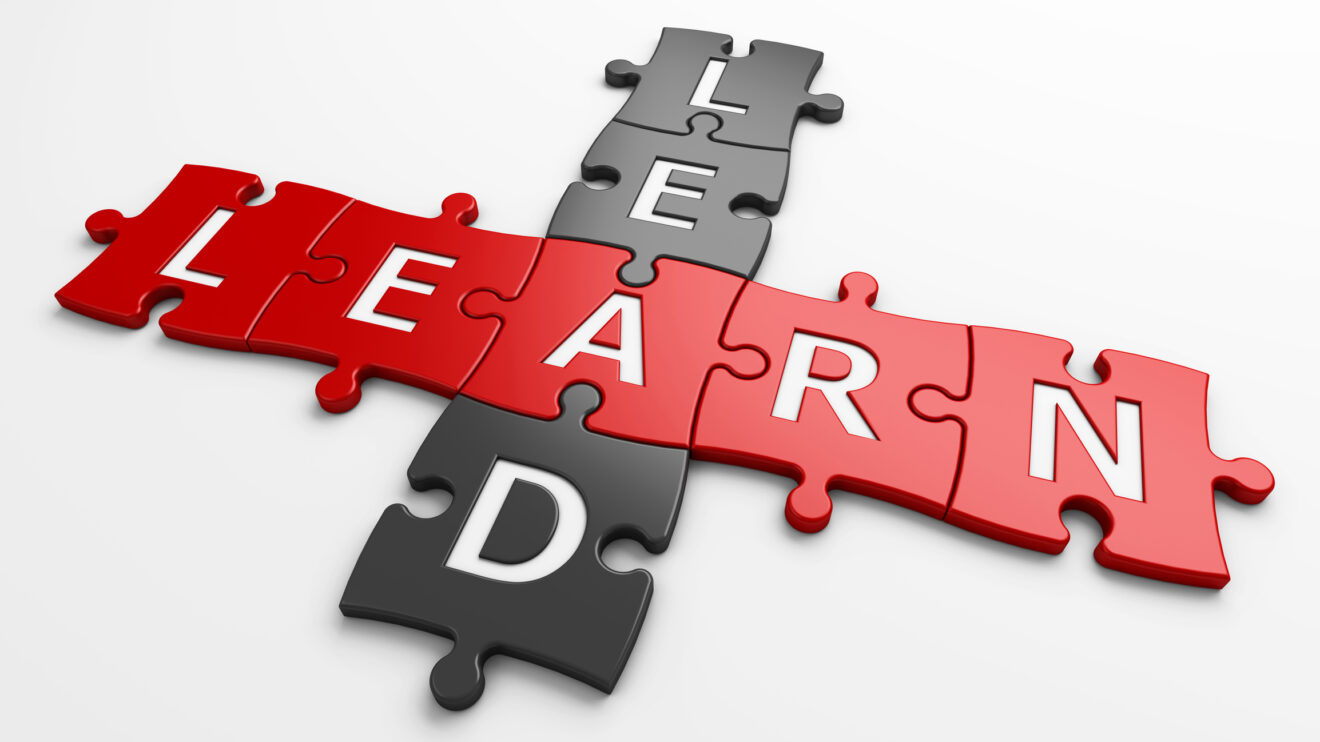If leaders want their brands to succeed over the long term, they must invest in setting up sustainable talent pipelines through a leadership development program. This starts with a healthy hiring process. It includes employee training and targeted upskilling, as well. Talent is also important in leadership. In fact, the top of the org chart is an area where talent comes at a premium. In an era where executive recruitment has become more competitive than ever, it’s important for businesses to develop their own leaders right from within their own rank and file.
If you’re looking for ways to do this, here are a few suggestions to help you jumpstart your own leadership development program for employee growth.
1. Set clear expectations
No program can succeed without a clear understanding of what it is trying to accomplish. This is fairly straightforward for something like onboarding an employee or meeting a sales quota. When it comes to training leaders, clarifying your goals and expectations can be a little more challenging.
Traditionally, the qualities and skills that leadership programs target have been fairly consistent. In the modern, evolving workspace, though, they’re beginning to change. “What we think of as good leadership qualities and the associated skills has evolved,” says Maggie Wooll from BetterUp, “And, as companies realize the importance of agility, leadership development for a wider range of managers has become more important.”
Consider what these evolving skills and qualities are within your company and industry. They could be anything from hard skills, like tech training, to soft skills, like empathy or communication. Look beyond the present and think of what will be important in the future, too.
2. Invest in a mentorship element
Try to infuse your program with flexibility and personalization by investing in a mentorship element. You can have high-potential employees listen to lectures from your leaders and take courses at a local college. But the ability to glean from and talk through leadership concepts with their own mentors is invaluable. It gives them consistent access to current leadership and helps them feel a greater sense of belonging.
This has the added benefit of strengthening the bond between an employee and their organization. McChrystal Group reports that “employees who feel a sense of belonging at work are over 5x more likely to plan to stay with their organization than are employees who feel isolated.” Along with learning the nuances of being a good executive, a mentorship program increases the odds that your newly minted leaders will remain with your business in the future.
3. Provide peer support, too
Developing leaders need a chance to process their education as they go along. Sometimes this happens with a mentor. Other times it takes place in isolation. Important progress can also happen when young leaders are able to rub shoulders with one another.
Create opportunities for those within your leadership development program to spend time together. Study.com refers to this interchangeably as “peer coaching” and “peer support” and defines the concept as follows: “Peer coaching is a continual process where co-workers meet to collaborate and learn from each other, build new skills, share ideas, teach each other and even do research.”
These peer-to-peer interactions can be pivotal in helping developing leaders learn, grow and even begin to innovate outside of the box of your company’s pre-established cultural mindset.
4. Set up tools to measure results
No program can succeed without the ability to measure results. Mckinsey points out that the failure to measure results is one of the primary reasons leadership development programs fail. “We frequently find that companies pay lip service to the importance of developing leadership skills but have no evidence to quantify the value of their investment.”
Of course, part of the reason for this is that measuring leadership growth isn’t easy. But it’s certainly not impossible. The research firm suggests assessing behavioral change through several different methods. Use feedback loops that include educators and students. Monitor career development post-training. Gauge how much training affects job performance and impacts your business.
There are many factors to consider when establishing a leadership development program at your company. Set expectations, goals and ways to measure those objectives from the get-go. Invest in personalization and mentorship. Facilitate peer-to-peer support. These big-picture items are critical to every program, no matter what other settings or circumstances factor into the equation.
Rashan Dixon is a senior business systems analyst at Microsoft, an entrepreneur and a writer for various business publications.
Opinions expressed by SmartBrief contributors are their own.
_______________________________
If you enjoyed this article, sign up for SmartBrief’s free e-mails on leadership and business transformation, among SmartBrief’s more than 200 industry-focused newsletters.
